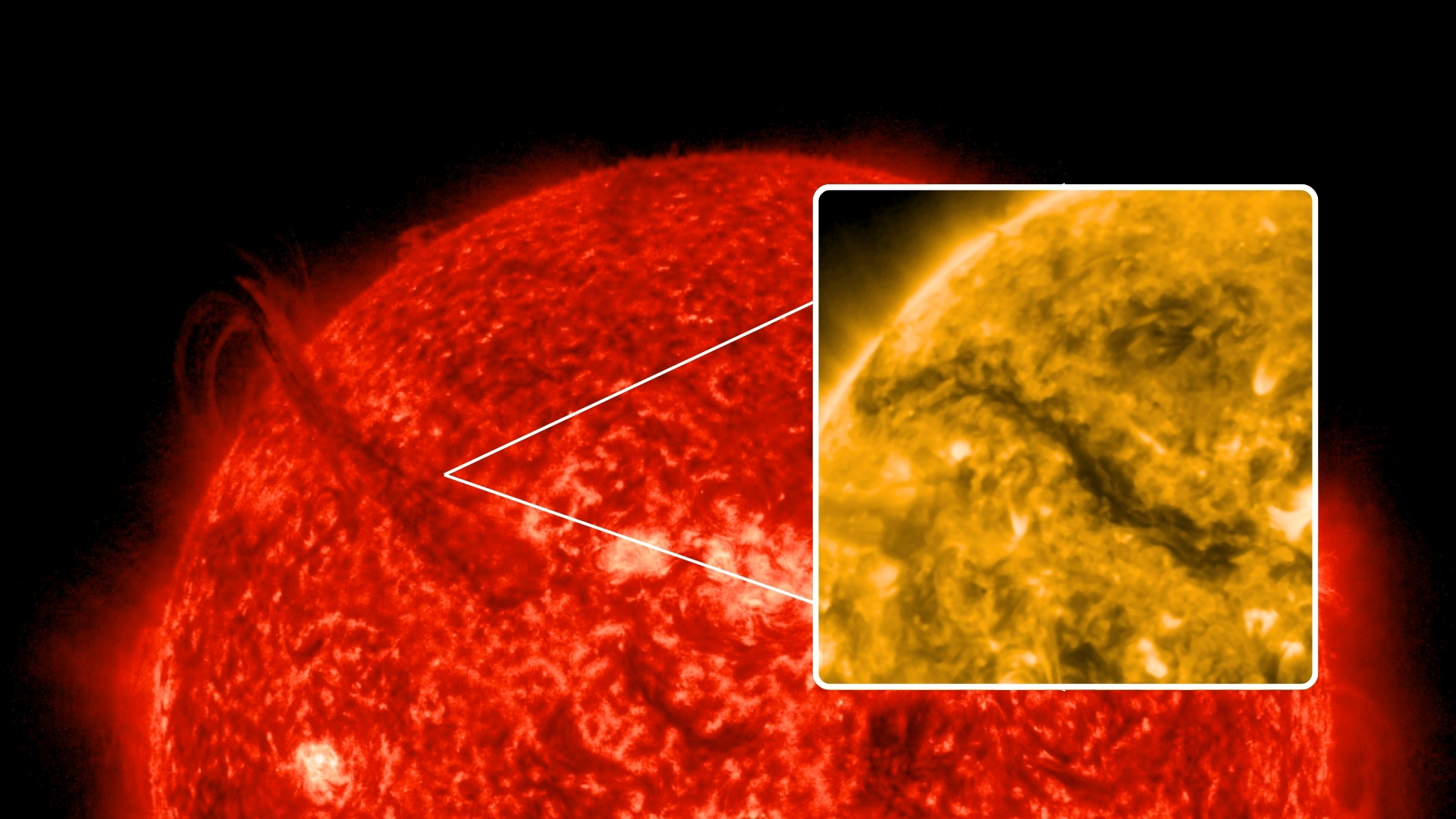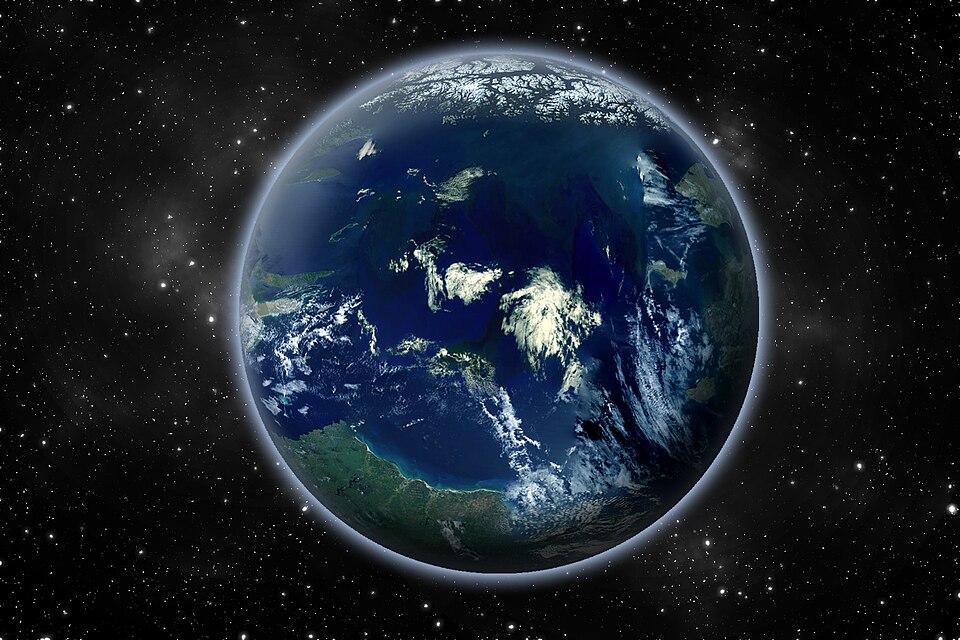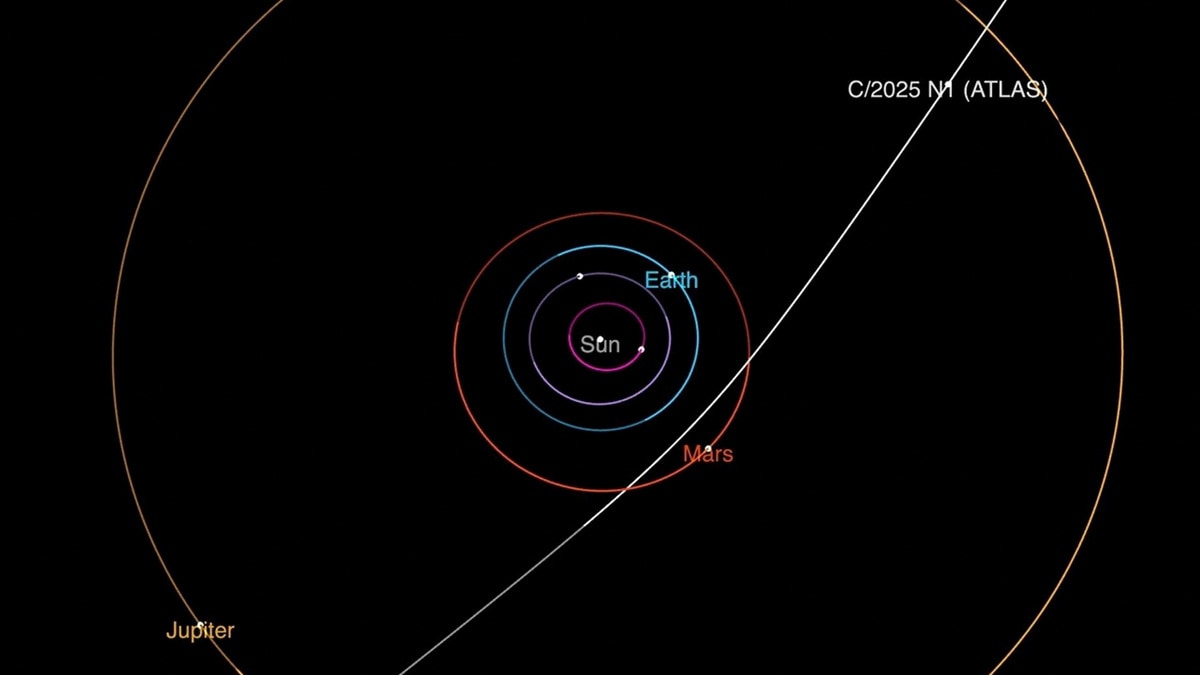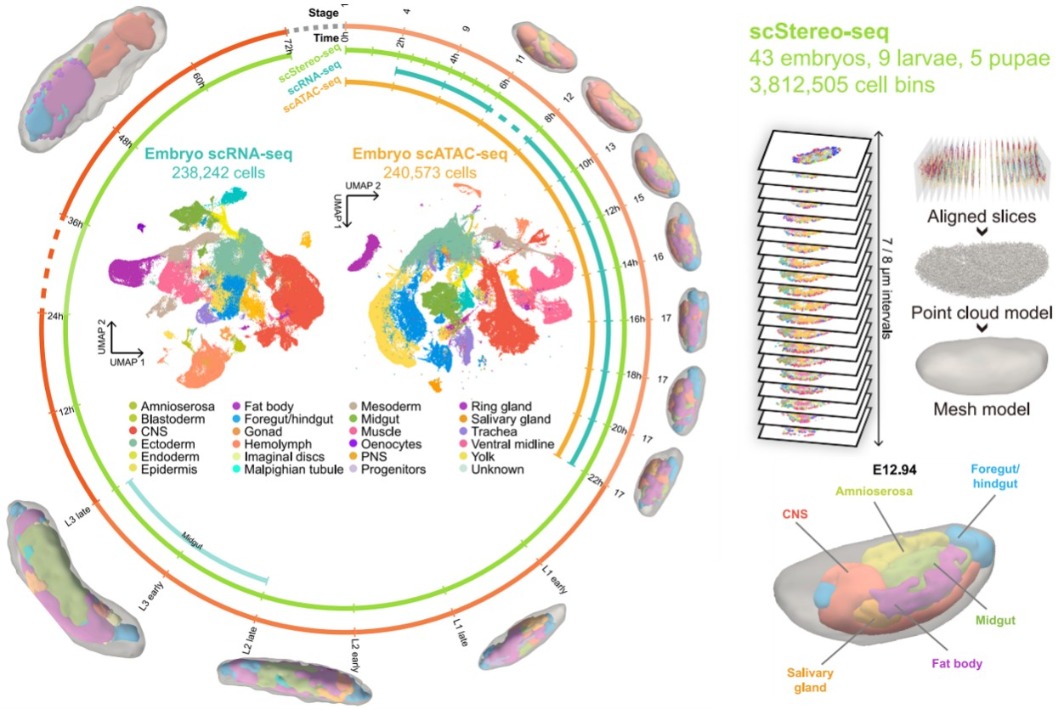Denmark Strait: Home to the World's Largest Invisible Waterfall

Imagine a waterfall so colossal that it dwarfs every other on Earth, yet remains completely hidden from view. This isn't fantasy — it's the Denmark Strait cataract, the world's largest and most mysterious waterfall, silently cascading beneath the icy waters between Greenland and Iceland.
For years, the title of the world's tallest waterfall belonged to Angel Falls in Venezuela with its breathtaking 3,212 feet drop. But nature has a secret that outshines this wonder: the Denmark Strait cataract, which plunges an astonishing 11,500 feet, making it the undisputed champion in the realm of waterfalls.
Nestled deep under the ocean surface, this underwater marvel moves more than 3.2 million cubic meters of water every second, a feat unmatched by any river on land. How could such a force remain invisible and unknown for so long? The answer lies in the depths of the ocean's complex systems.
The Denmark Strait's underwater waterfall is formed when frigid, dense waters from the Nordic Sea collide with the warmer, lighter waters of the Irminger Sea. The contrast in temperature and salinity causes the denser water to dramatically plummet in a cascade beneath the waves. This phenomenon was first discovered through advanced thermal and salinity mapping, revealing a silent, unseen powerhouse that lacks the roar or mist of its terrestrial counterparts.
Its hidden beauty is accentuated by the fact that it flows over a submerged ridge, a relic of glaciers from the Last Ice Age approximately 11,500 years ago. This great undersea cataract dwarfs iconic waterfalls like Niagara Falls, which measures about 181 feet, by staggering margins.
Beyond its sheer size, the Denmark Strait cataract plays a pivotal role in regulating Earth's climate. As Arctic waters descend, they fuel the Atlantic Meridional Overturning Circulation (AMOC), a vast oceanic conveyor belt responsible for distributing heat and nutrients globally. This flow is critical for moderating European temperatures, supporting marine life, and driving global weather patterns.
Yet, this intricate system is vulnerable. Climate change and warming Arctic waters threaten the delicate balance required to maintain this flow. Any disruption could weaken the AMOC, resulting in increased ocean temperatures, more intense hurricanes, and drastic shifts in climate zones worldwide. Already, signs of trouble are emerging, such as the weakening of winter winds along Spain's Catalan coast.
Out of sight but immensely influential, the Denmark Strait cataract is a silent giant that orchestrates the rhythms of our planet’s climate.

























